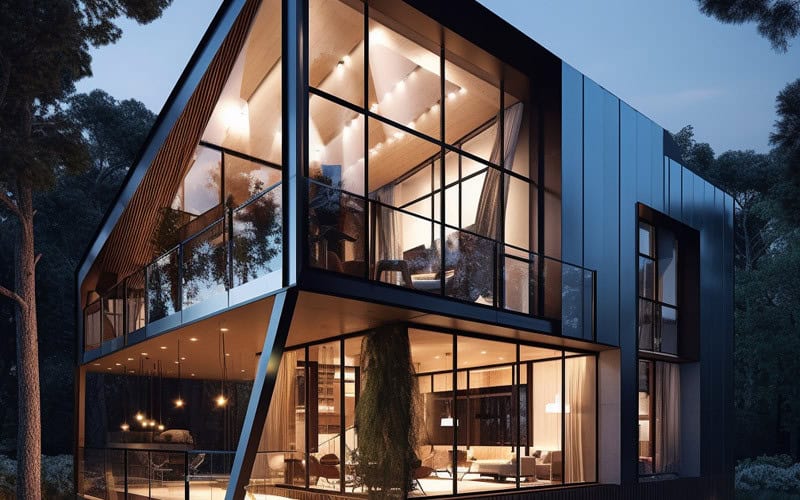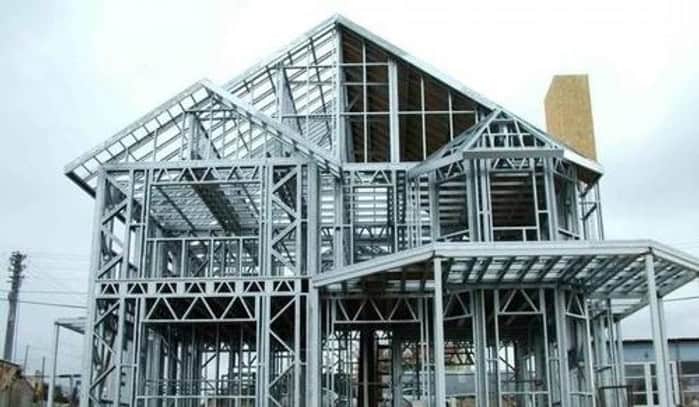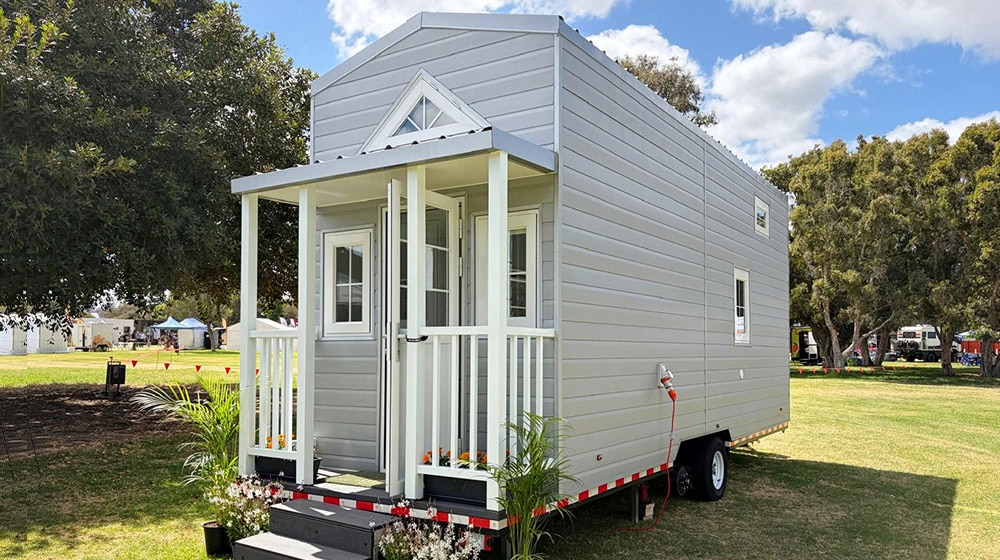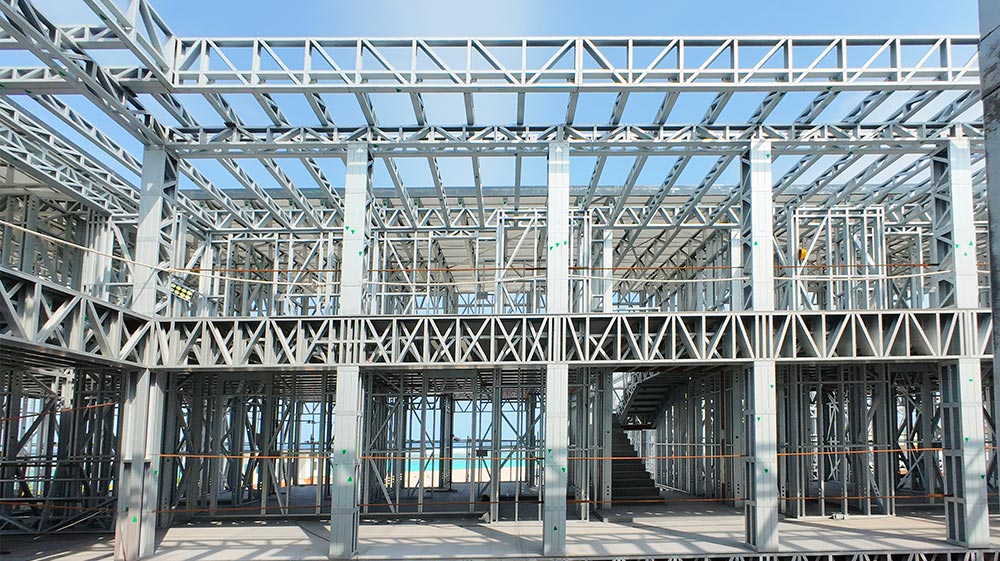
In recent years, the construction industry has faced mounting pressure to adopt more sustainable and environmentally friendly practices. Light steel structure buildings have emerged as a promising solution due to their numerous advantages in reducing environmental impact. This essay explores the ways in which light steel structures contribute to environmental preservation and sustainable development.
1. Resource Efficiency
One of the primary environmental benefits of light steel construction is its efficient use of materials. Steel is a recyclable material, with most steel products containing a significant percentage of recycled content. Moreover, the precise fabrication of light steel components minimizes material waste during the construction process. Unlike traditional methods that involve on-site cutting and shaping, prefabrication in controlled environments ensures optimal use of resources and reduces landfill contributions.
2. Energy Savings
Light steel structures often incorporate advanced thermal insulation systems, which enhance the energy efficiency of buildings. Proper insulation reduces the need for excessive heating or cooling, lowering energy consumption and greenhouse gas emissions over the building’s lifecycle. Furthermore, the reflective properties of steel can be used in roofing to reduce heat absorption, improving energy efficiency in hot climates.
3. Durability and Longevity
Steel is a highly durable material resistant to pests, rot, and fire, which reduces the need for frequent repairs or replacements. This longevity translates to fewer resources consumed over time compared to traditional materials like wood or concrete. A longer lifespan also means that fewer buildings need to be constructed to replace deteriorated ones, which reduces overall environmental strain.
4. Reduced Construction Waste
The prefabricated nature of light steel structures significantly reduces on-site waste. Components are manufactured to precise specifications, eliminating the inefficiencies associated with traditional construction methods. Additionally, the modular design of many steel buildings allows for easy disassembly and reuse of components, further decreasing construction waste.
5. Lightweight and Transportation Efficiency
The lightweight nature of steel structures requires less energy for transportation compared to heavier materials like concrete. This reduced transportation footprint contributes to lower carbon emissions throughout the supply chain. Additionally, lighter buildings place less strain on foundations, enabling the use of less concrete—a material with a high carbon footprint—in the foundation construction.
6. Adaptability and Reusability
Light steel structures are often designed to be adaptable, allowing buildings to be reconfigured or expanded with minimal environmental impact. The ability to disassemble and reuse steel components in new projects further supports a circular economy model, reducing the need for raw material extraction.
Conclusion
Light steel structure buildings present a viable path toward greener construction practices. By promoting resource efficiency, reducing energy consumption, and minimizing waste, these structures contribute to a more sustainable future. As the demand for environmentally conscious building solutions grows, light steel structures are poised to play a critical role in transforming the construction industry.




